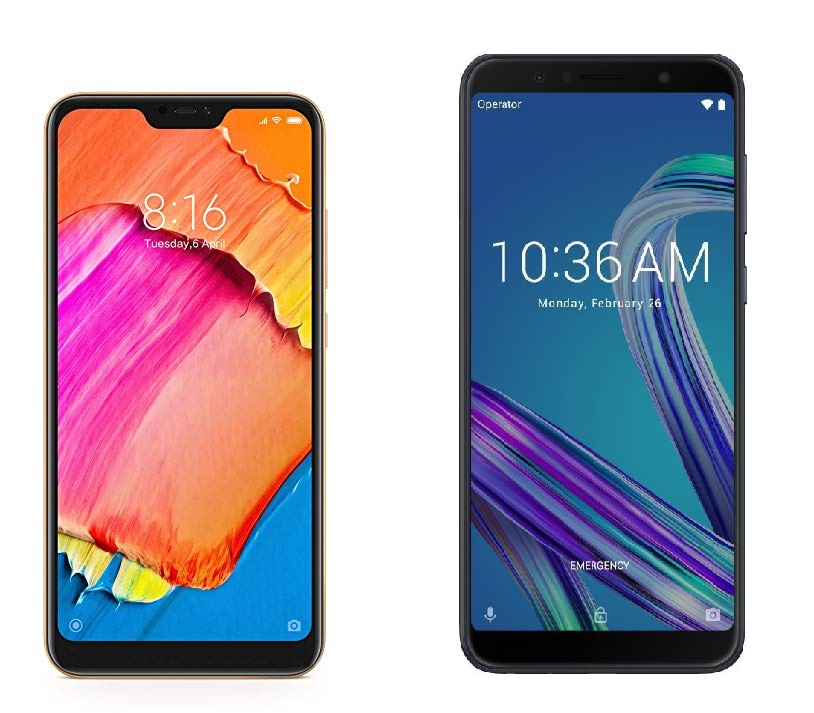Motorola phones were famous for providing great user experience, timely Android updates, and overall great value for the money. However, in the last couple of years, Motorola phones were not that impressive in terms of value for money or in proving timely software updates. With the launch of Motorola One Power, the company is trying to regain customer confidence. Here is our Motorola One Power Review based on pros and cons.
Motorola One Power is part of Android One program. This promises timely software updates. This smartphone will compete with likes of Mi A2, Zenfone Max Pro M1, Nokia 6.1 Plus etc. Let’s start our Motorola One Power Review with specification list and the pros and cons.
Motorola One Power Review-Pros and Cons
Here is the quick Specification summary of Motorola One Power.
- Octa Core Snapdragon 636 Soc.
- 4GB RAM and 64GB Internal Storage.
- 6.2inch IPS LCD Full HD+Screen with Notch.
- Dual Nano Sim Card Slot.
- Dedicated slot for microSD card.
- Dual Rear camera setup-16MP(F/1.8) and 5MP(Depth).
- 12MP front facing camera.
- 5000 mAh battery.
Motorola One Power Pros
Great battery life
One of the best features of this smartphone is the massive battery. 5000 mAh battery with fast charging support is the great inclusion. In our my review period, the battery was easily lasting 2 days.
Good performance
Snapdragon 636 with 4GB of RAM and stock Android provides good performance. It may be a gaming or multitasking phone was able to run smoothly. However, the device got little hot while playing graphics intensive games such as PUBG for more than 45 minutes. Overall for the price segment, performance is satisfactory.
Decent Display
Motorola One Power sports 6.2 inch LTPS IPS display with full-HD+ resolution and a 19:9 aspect ratio. Viewing angles are good. Brightness is decent enough to legible even in outdoors. There is an option to tweak color temperature.
Software
As it is part of the Android One programme, it provides stock Android experience and no bloatware. The device is expected to get timely security updates for the next 3 years and Android updates for the next 2 years.
Motorola One Power Cons
No Dual 4G support
On this device, only one sim card works on 4G and the other one is restricted to 3G. So users cannot use 4G VOLTE calls on both the sim cards simultaneously.
Little Slow Fingerprint scanner
The fingerprint scanner is slightly slow compared to some of the other similar priced phones.
No Stabilisation for Video recording
Motorola One Power has neither optical stabilization nor electronic stabilization. Hence Video output looks shaky.
Low light camera performance could have been better
Motorola One Power camera performance in well-lit conditions came out good. However, low light photography is not satisfactory.




